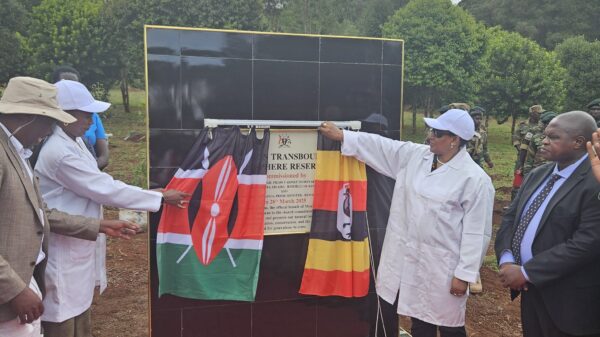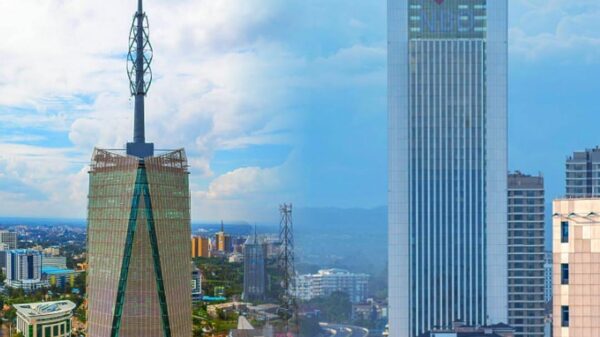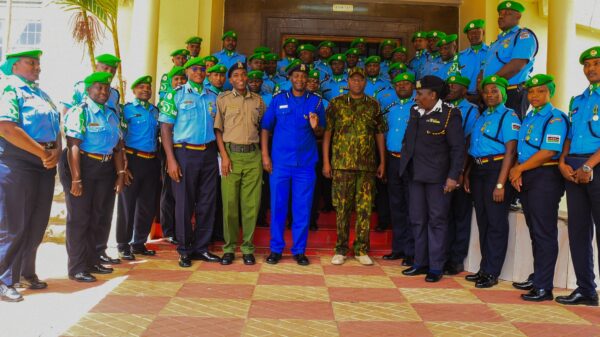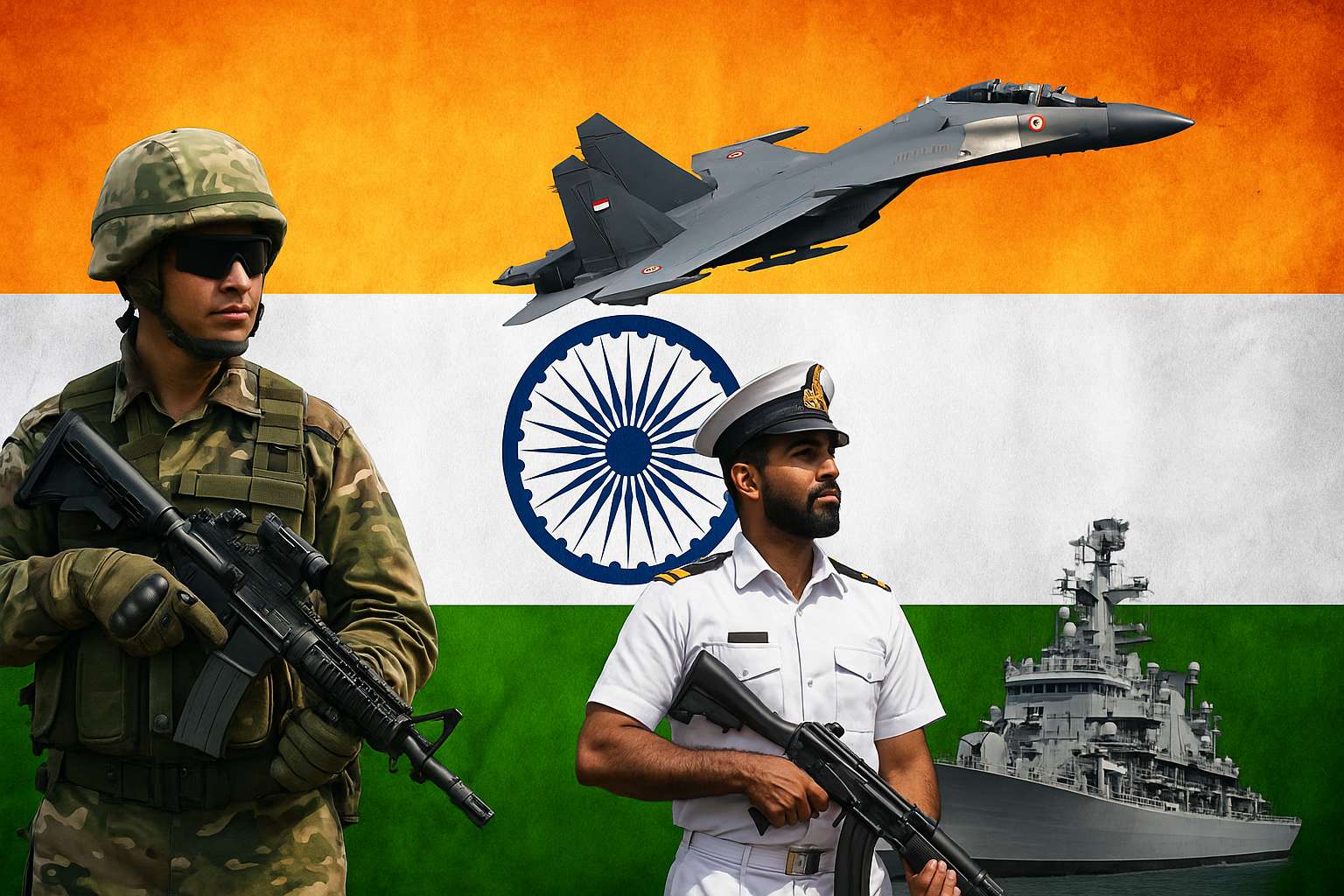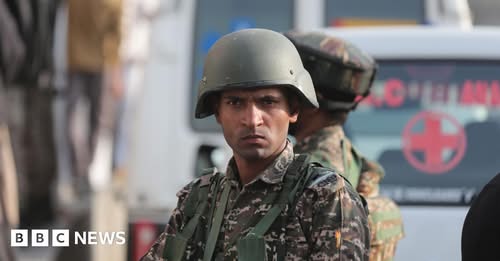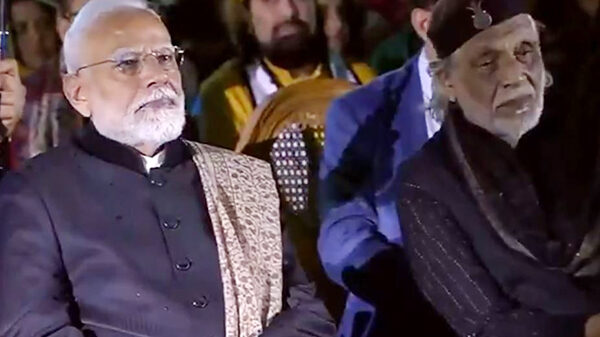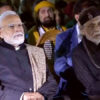April 26 – India has firmly established itself as a major security actor in the Indo-Pacific region, using military diplomacy as a strategic tool to build partnerships, enhance interoperability, and project power. A flurry of recent joint military exercises across all three services—Army, Navy, and Air Force—demonstrates India’s growing commitment to regional stability amid an increasingly complex geopolitical environment.
India’s military calendar has been remarkably active. The Indian Army’s bilateral exercise Yudh Abhyas with the United States at the Mahajan Field Firing Ranges in Rajasthan saw one of the largest U.S. contingents ever deployed, with approximately 600 personnel and advanced equipment, including Stryker infantry vehicles and HIMARS rocket systems. The drills offered a critical opportunity to evaluate interoperability and assess platforms India may procure, such as the Stryker vehicles.
Simultaneously, the Indian Air Force hosted Tarang Shakti, its largest-ever multilateral air exercise, at Jodhpur. Participants included Australia, Greece, Japan, Singapore, Sri Lanka, the UAE, and the United States. The exercise marked a milestone with the first deployment of American A-10 Thunderbolt aircraft in Indian airspace, operating alongside F-16s. Phase I, held earlier at Sulur, also featured air forces from Germany, France, Spain, and the United Kingdom.
The Indian Navy has likewise maintained a high operational tempo, participating in key exercises such as Malabar with Quad partners (Australia, Japan, and the United States), Varuna with France in the Mediterranean Sea, RIMPAC hosted by the U.S. Navy, and various other bilateral and multilateral naval drills. Notably, a P-8I long-range maritime patrol aircraft was deployed to Europe for Varuna, India’s first such naval deployment to the region in over 60 years.
Further reinforcing its international engagement, the Indian Army held Dharma Guardian with Japan at the East Fuji Manoeuvre Training Area in February-March 2025, and Dustlik with Uzbekistan in Pune in April 2025, both focusing on counter-terrorism operations, joint planning, and tactical drills. In February, the Indian Army also collaborated with the Maldivian Defence Forces for the 13th edition of Ekuverin, strengthening cooperation on regional security challenges.
The strategic significance of these military exercises extends well beyond tactical training. They act as potent diplomatic instruments reflecting India’s evolving foreign policy priorities and security partnerships. India’s most sophisticated military engagements are with Quad partners—the United States, Japan, and Australia—highlighting its shift towards a broader Indo-Pacific security framework while maintaining strong historical ties with France, Russia, and the United Kingdom.
India’s joint exercises span a wide strategic spectrum. Exercises with Quad partners have evolved to cover all three services, growing in scale and complexity, and featuring deployments across diverse locations such as the Himalayas, Alaska, Guam, and Japan. The Malabar naval drills stand out as a platform for high-level war planning, maritime reconnaissance, and anti-submarine warfare. Simultaneously, India continues to nurture its military relationships with traditional partners like Russia, the UK, and France. Russia and the UK remain among the few countries with whom India conducts tri-service exercises, while engagements with France often extend into broader multilateral formats involving nations like the UAE, Australia, and Japan.
India also places significant emphasis on strengthening defence ties with its immediate neighbours in South Asia. Regular exercises with Bangladesh, the Maldives, Myanmar, Nepal, and Sri Lanka focus on coordinated naval patrols, humanitarian assistance, and disaster relief operations. These initiatives build trust and reinforce regional security cooperation. At the same time, India is expanding its multinational engagements well beyond its neighbourhood. The MILAN naval exercise, which began with just four nations in 1995, now attracts around 50 countries, drawing participants from as far afield as Canada, Peru, and South Korea, and demonstrating India’s growing role on the global stage.
This extensive network of military exercises serves multiple objectives. It enhances interoperability with partner militaries, crucial for potential joint operations during crises. It builds diplomatic goodwill and reinforces defence ties. It also allows the sharing of tactical knowledge and best practices, while sending a clear message about India’s readiness to uphold peace and security in the Indo-Pacific.
Through these engagements, India is positioning itself as a net security provider, committed to a free, open, and inclusive Indo-Pacific. The geographic reach of its military diplomacy—from the Himalayas to the Mediterranean, from the South China Sea to the Pacific Ocean—signals India’s expanding strategic footprint and its willingness to engage beyond traditional areas of influence.
The growing complexity and regularity of India’s joint military exercises reflect a significant evolution in its defence diplomacy. Moving beyond sporadic, limited-scope engagements of the past, India is now executing highly structured, multi-domain operations with a wide array of partners. This transformation demonstrates India’s increasing confidence in projecting power and cultivating strategic partnerships on the global stage.
Amid rising geopolitical tensions in the Indo-Pacific, particularly in the face of China’s assertive posture, India’s military exercises are emerging as a crucial counterbalance. They not only reaffirm India’s commitment to regional stability but also strengthen its standing as a major power capable of working with diverse partners to address common security challenges. As India continues to expand the scope and sophistication of its military diplomacy, it is poised to play an even more pivotal role in shaping the Indo-Pacific security architecture and reinforcing a rules-based international order.











